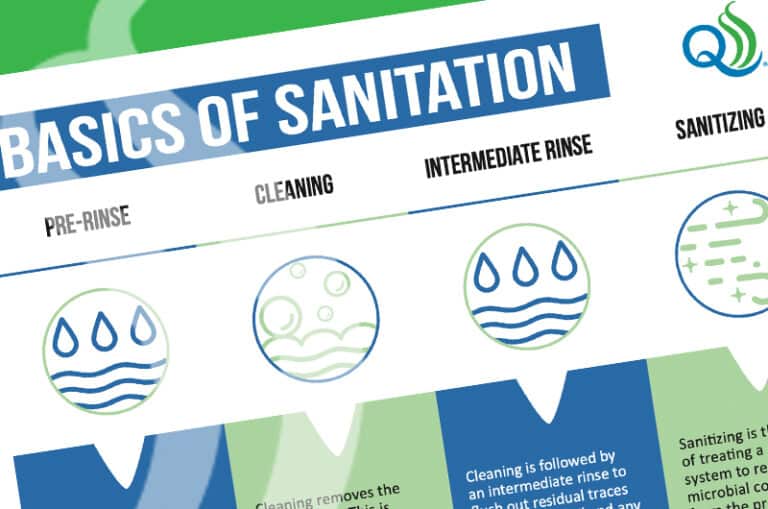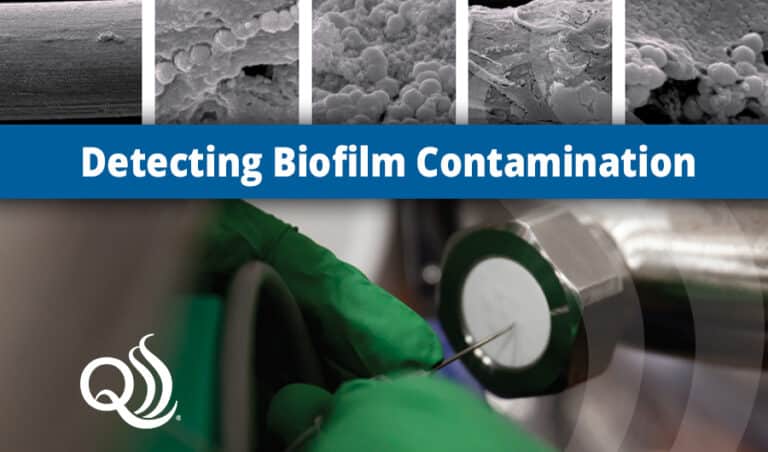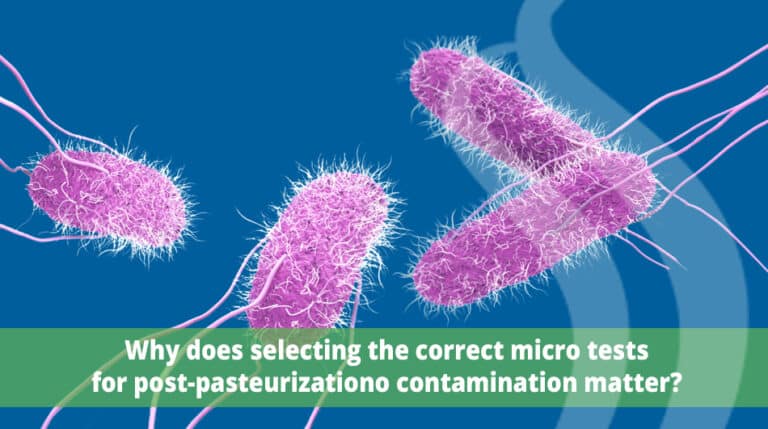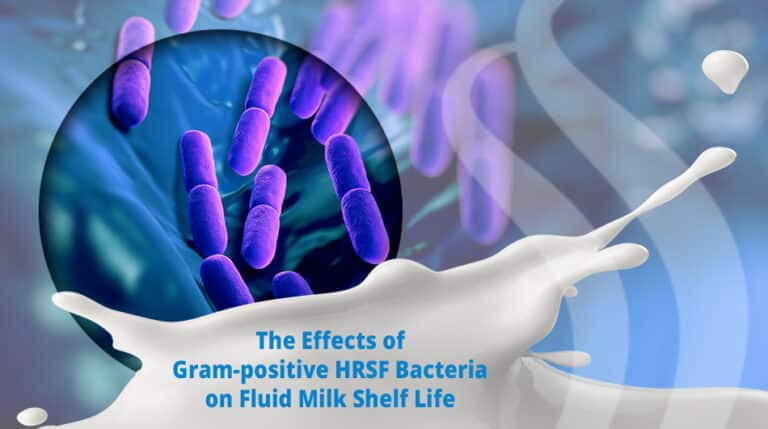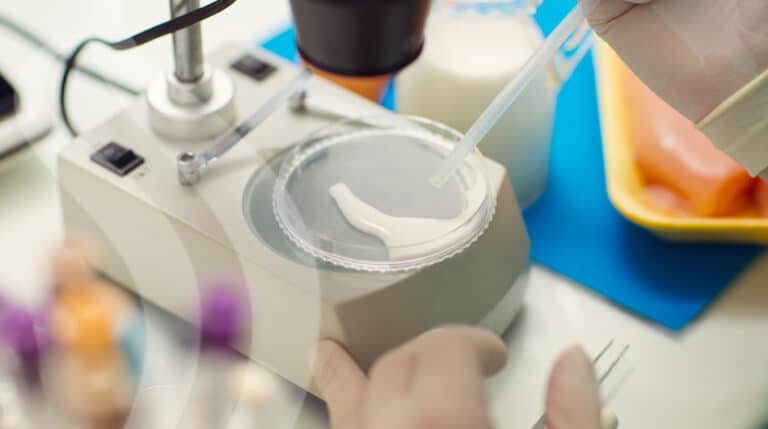Importance of Hazard Analysis to Ensure Food Safety with Emerging Food Trends
The food market has transformed significantly in recent years, from the year-round availability of fresh produce to emerging niche products like cell-grown meats to online food ordering and delivery services. Consumers have not only created a demand for alternative food options but have been able to directly engage with food manufacturers, which makes the importance…


